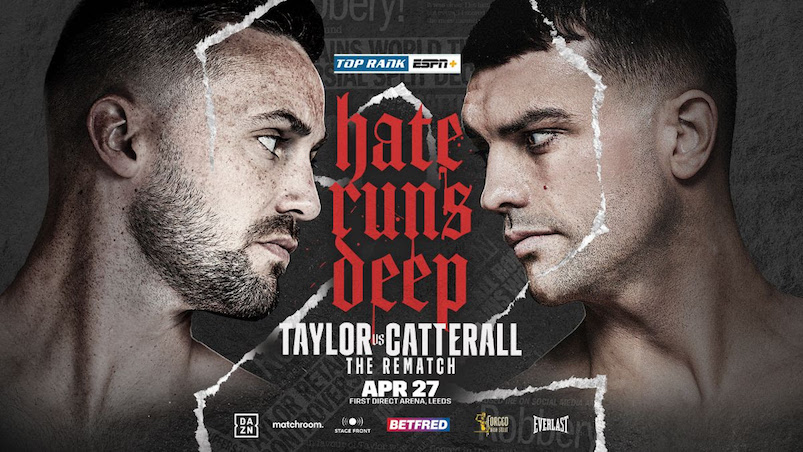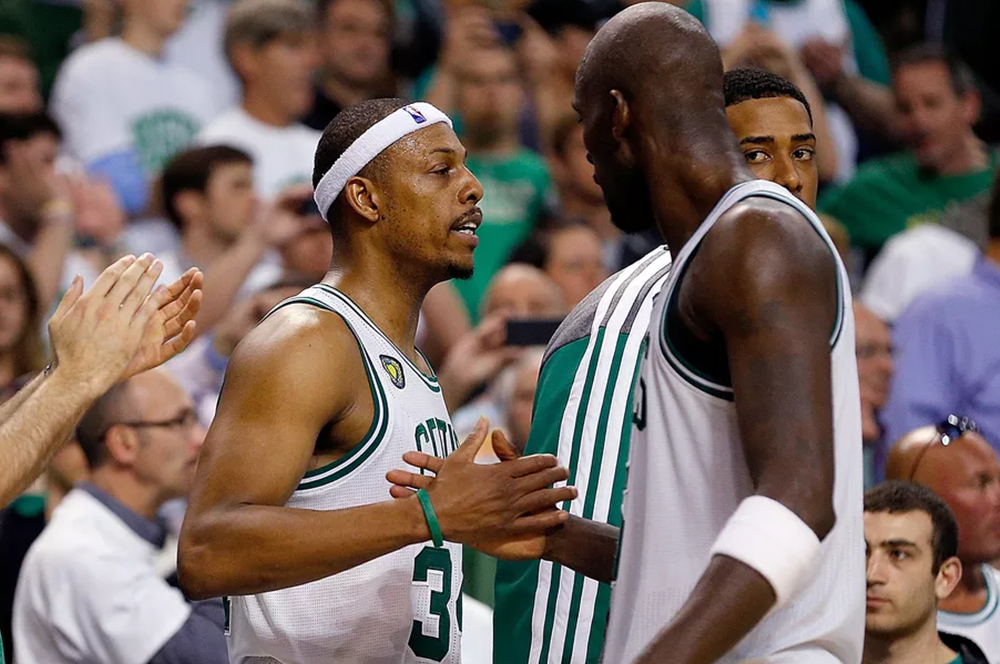Ten years ago, the NBA’s first modern superteam was formed. There hasn’t been a successor quite like it.
The first lesson of NBA roster building is there are no guarantees. The can’t-miss phenom gets hurt in Year 3. The dynamic pair of teammates decide they can no longer stand each other’s company. The big acquisition that’s supposed to put you over the top weighs you down and kills your cap sheet.
And that’s if everything goes right. One minute you have the second-best lottery odds at drafting a transformative talent, and the next you’re scrambling to do something with the No. 5 pick.
The tricky part: When it does work, it appears to be effortless. Of course you hit the lottery and that pick became a franchise player. The co-stars really were best friends all along. The savvy veterans add that special missing ingredient. It all seems so obvious in retrospect, but the reality is those teams are rare.
The 2008 Celtics were one of those teams. Only with hindsight does it now seem so obvious and so perfect. Very little of it actually went according to plan.
The plan, such as it was, began at the lottery where they had a chance at a top pick and their eyes on Kevin Durant. After their lottery odds went bust, Danny Ainge flipped the fifth choice for Ray Allen on draft day. He had another deal in the works for Kevin Garnett that was finally consummated 10 years ago today. Allen and KG formed a new Big 3 along with incumbent star Paul Pierce. It was a high-stakes gamble.
All three players were in their 30s, Pierce and Allen were coming off injury-plagued campaigns, and none had ever ventured as far as the finals. The analytic assessment was skeptical, and the local reaction was measured. No less an authority than the great Bob Ryan asked in the Globe: Is that all there is?
The rest of the roster was comprised of a motley collection of young holdovers and veteran journeymen. They would rely heavily on unproven players like Rajon Rondo and Kendrick Perkins to hold down starting spots and hope that role players like James Posey and Eddie House could solidify a bench that wasn’t fully unformed.
Most observers gave the experiment three years max and at least one year to jell.
Ever the contrarians, the Celtics operated on their own timetable. They won their first eight games and were 22-3 by Christmas. After losing three straight after the All-Star Break, the C’s went on a 10-game winning streak and dropped only four more the rest of the season.
Garnett was brilliant, Pierce was reborn, and Allen’s shooting was as sharp as ever. The three blended together so seamlessly that their skill sets seemed made for one another. Their roles were clearly defined and yet ambiguous enough to develop and evolve. There was little need to figure things out when everyone seemed to be on the same page from the opening tip of the season.
Rondo, meanwhile, flirted with stardom and Perkins became a trusted backline anchor next to the demanding KG. The bench coalesced around the no-nonsense Posey who served as an essential buffer between the veteran stars and everyone else. P.J. Brown and Sam Cassell were inspired late-season pickups.
The 2008 Celtics produced one of the best teams of all time, winning 66 games and a championship. Their 11.5 net rating was the highest since the 1996-97 Bulls, per the NBA.com stats page. It stood as the definitive mark in this century until the Warriors came along.
What makes the Celtics of that era so compelling is that their ultimate legacy is twisted and complicated. They were both an overnight sensation and one of the more enduring teams of the last decade.
It was period full of surprises — unexpected runs to the 2010 finals and 2012 conference finals were wondrous things to behold — and it was also littered with disappointment. Garnett’s knee injury in 2009 robbed them of a chance to repeat with what virtually everyone associated with what the franchise feels was a superior team. Their 2011 playoff appearance was brief and bitter. It all ended futilely in 2013, a year too late.
As it turned out, 2008 was their definitive masterpiece. How good were they? Ryan later ranked them the second-best team in franchise history, ahead of two Larry Bird title teams and every squad of the Russell era.
What keeps the 2008 Celtics out of Greatest Team of All-Time discussions was a bumpy playoff ride that included a pair of early-round seven-game series that even now seem inexplicable. Dethroning the Pistons in the Eastern Conference finals and defeating the Lakers to capture the title brought the experiment full circle and solidified their place within their historical context.
Their championship season arrived at exactly the right time, just as the Spurs were beginning to decline and right before the Lakers built themselves back into a juggernaut. The LeBron era was still in its upward trajectory, but just ahead of its peak. The moment was right for a new contender, and the Celtics filled the void.
The New Big 3 paradigm was also a major pivot point in the league’s evolution, and star collecting was soon all the rage. The Lakers countered with size, adding Pau Gasol to form a mega frontline with Lamar Odom and Andrew Bynum behind Kobe Bryant. The LeBron Heat formed as both a reaction to and an updated version of the C’s blueprint. Years later, the Cavs and Warriors built their teams with three stars in mind, until Golden State took the approach to its logical extreme and added a fourth.
Perhaps even more telling are the attempts to replicate their success that fell short. The Dwight Howard-era Magic never quite got it right, and the would-be Clipper Big 3 never got out of the second round. Darryl Morey’s Rockets have been prowling for stars ever since.
Simply collecting great players isn’t enough, and keeping them together has proved just as difficult. The Oklahoma City Thunder discovered that with their homegrown version.
The exceptions — the 2011 Mavericks and the 2014 Spurs — stand out precisely because they are exceptions to the star-gathering culture that dominates the league. They proved that there is no one way to build a championship team, but stars remain the essential part of any formula.
What made the 2008 Celtics unique was that never before had a team been thrown together with as much success. Their 38-win turnaround is the largest in NBA history, and their championship in Year One has never been duplicated by any of the instant superteams that were formed in their wake. In that, they stand alone.
Has it really been 10 years?



